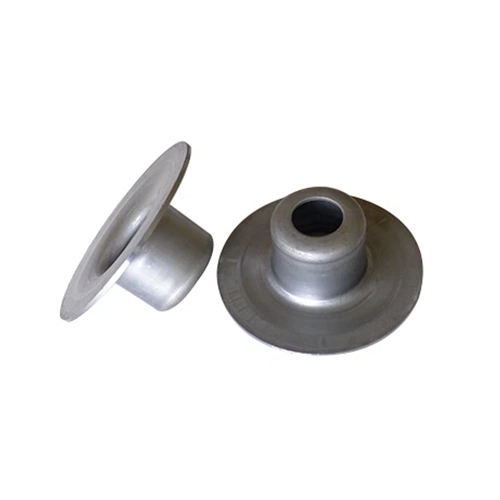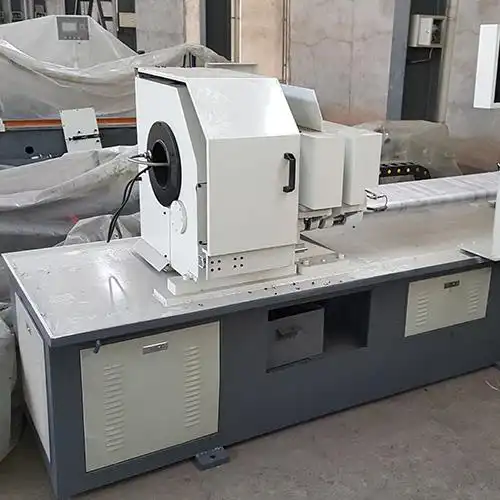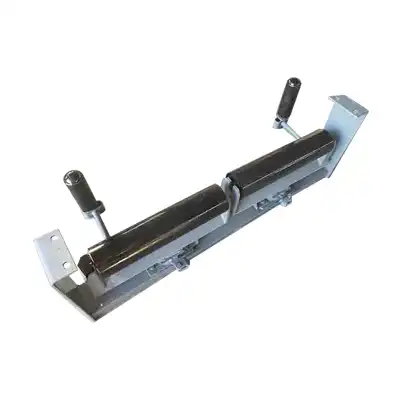- English
- French
- German
- Portuguese
- Spanish
- Russian
- Japanese
- Korean
- Arabic
- Greek
- German
- Turkish
- Italian
- Danish
- Romanian
- Indonesian
- Czech
- Afrikaans
- Swedish
- Polish
- Basque
- Catalan
- Esperanto
- Hindi
- Lao
- Albanian
- Amharic
- Armenian
- Azerbaijani
- Belarusian
- Bengali
- Bosnian
- Bulgarian
- Cebuano
- Chichewa
- Corsican
- Croatian
- Dutch
- Estonian
- Filipino
- Finnish
- Frisian
- Galician
- Georgian
- Gujarati
- Haitian
- Hausa
- Hawaiian
- Hebrew
- Hmong
- Hungarian
- Icelandic
- Igbo
- Javanese
- Kannada
- Kazakh
- Khmer
- Kurdish
- Kyrgyz
- Latin
- Latvian
- Lithuanian
- Luxembou..
- Macedonian
- Malagasy
- Malay
- Malayalam
- Maltese
- Maori
- Marathi
- Mongolian
- Burmese
- Nepali
- Norwegian
- Pashto
- Persian
- Punjabi
- Serbian
- Sesotho
- Sinhala
- Slovak
- Slovenian
- Somali
- Samoan
- Scots Gaelic
- Shona
- Sindhi
- Sundanese
- Swahili
- Tajik
- Tamil
- Telugu
- Thai
- Ukrainian
- Urdu
- Uzbek
- Vietnamese
- Welsh
- Xhosa
- Yiddish
- Yoruba
- Zulu
What Is an Idler Support?
2024-07-02 11:47:55
Idler support is a crucial component in conveyor systems, providing support and alignment for the idler rollers. Understanding its role, types, and proper installation and maintenance is essential for efficient conveyor operation. Let's explore these aspects in detail.
What is the role of an idler support?
An idler support plays a critical role in the functionality and reliability of conveyor systems by ensuring the proper alignment and support of idler rollers along the conveyor belt. Positioned strategically at intervals along the conveyor route, the idler support helps to maintain the structural integrity of the belt, preventing excessive sagging and minimizing the risk of belt misalignment during operation.
By providing stable support for the idler rollers, the idler support distributes the weight of conveyed materials evenly across the belt. This distribution not only enhances the operational efficiency of the conveyor system but also reduces the strain on individual components, such as bearings and frames, thereby extending their lifespan. Moreover, proper alignment facilitated by the idler support helps to mitigate issues like material spillage and belt damage, which can arise from uneven loading or misalignment.
In terms of maintenance, a well-designed idler support often incorporates features that facilitate easy installation and replacement of idler rollers. This design consideration simplifies maintenance tasks, reducing downtime associated with repairs or adjustments. Additionally, some Idler Support Units are engineered with materials and coatings that enhance durability and resistance to wear, ensuring consistent performance even in demanding industrial environments.
Overall, the role of an idler support extends beyond mere structural support; it is integral to optimizing conveyor performance by promoting smooth material transportation, minimizing operational disruptions, and enhancing the longevity of conveyor components. As such, selecting and maintaining high-quality idler supports are essential steps in ensuring the efficient and reliable operation of conveyor systems across various industrial applications.
What are the types of idler supports?
There are several types of idler supports utilized in conveyor systems, each serving specific functions to ensure optimal performance and reliability. Fixed supports are stationary structures positioned along the conveyor route, providing a stable base for idler rollers. Conveyor Support Structures are essential for maintaining consistent belt alignment and supporting the weight of conveyed materials without adjustment capability.
Adjustable supports offer flexibility by allowing operators to fine-tune the height of idler rollers. This adjustability is crucial in scenarios where conveyor belts require precise alignment or when there are variations in load distribution along the conveyor length. By adjusting the height, these supports help maintain proper tension in the belt and reduce the risk of misalignment, contributing to smoother material transport and extended conveyor component life.
Impact idler supports are specifically designed to handle the impact of heavy loads or abrupt material drops onto the conveyor belt. These supports typically feature reinforced structures or resilient materials that absorb and dissipate impact energy, protecting both the belt and idler rollers from damage. By minimizing the shock transferred to the conveyor system, impact idler supports enhance operational reliability and reduce maintenance requirements.
Furthermore, modern idler supports may incorporate additional features such as self-aligning mechanisms or corrosion-resistant coatings, tailored to meet the demands of diverse industrial environments. These enhancements further optimize conveyor system performance by improving uptime, reducing downtime for maintenance, and ensuring consistent material handling efficiency.
In summary, the selection of idler supports depends on specific operational requirements, load conditions, and environmental factors. By choosing the appropriate type of idler support, operators can enhance the overall reliability, longevity, and efficiency of conveyor systems across various industrial applications.
How to properly install and maintain an idler support?
Proper installation and maintenance of an idler support are crucial for the efficient and reliable operation of conveyor systems. Begin the installation process by verifying that the conveyor belt is correctly tensioned and aligned according to manufacturer specifications. This ensures the belt runs smoothly and minimizes strain on the idler support and rollers.
Position the idler support beneath the conveyor frame at designated intervals along the conveyor route. Secure the support firmly using appropriate fasteners or mounting brackets to prevent movement during operation. It's essential to align the idler support accurately to maintain the correct trajectory of the conveyor belt and avoid potential misalignment issues.
Regular maintenance is key to ensuring the longevity and performance of the idler support. Conduct periodic inspections to check for signs of wear, corrosion, or damage to the support structure and rollers. Inspect bearing assemblies for proper lubrication and functionality, as inadequate lubrication can lead to premature wear and failure.
During maintenance checks, assess the condition of the idler rollers and replace any worn or damaged rollers promptly. This helps maintain consistent belt support and reduces the risk of belt mistracking or material spillage. Clean debris and buildup from the idler support and rollers to prevent contamination that could impair performance.
Additionally, consider implementing a maintenance schedule that includes tightening fasteners, verifying alignment, and inspecting structural integrity. Documenting maintenance activities and observations can aid in identifying trends or potential issues early, allowing for proactive maintenance measures.
By following proper installation procedures and conducting regular maintenance, operators can optimize the performance, reliability, and service life of idler supports in conveyor systems. This proactive approach not only enhances operational efficiency but also minimizes downtime and maintenance costs associated with conveyor maintenance.
Conclusion
In conclusion, an idler support plays a crucial role in the efficient operation of conveyor systems. By understanding its role, types, and proper installation and maintenance procedures, you can ensure the smooth and reliable operation of your conveyor system.
References:
1.Singh, R., & Grewal, M. S. (2020). Design and Analysis of Idler Support Structure for Belt Conveyor System. International Journal of Innovative Research in Science, Engineering and Technology, 9(4), 4567-4576.
2.Roberts, A., & Smith, T. (2019). Innovations in Conveyor Idler Support Systems for Heavy-Duty Applications. Materials Performance and Characterization, 8(2), 91-104.
3.Brown, D., & White, L. (2018). Installation and Maintenance Practices for Idler Supports in Conveyor Systems. Proceedings of the Institution of Mechanical Engineers, Part E: Journal of Process Mechanical Engineering, 232(5), 428-440.
4.CEMA (Conveyor Equipment Manufacturers Association). (2021). Installation, Operation, and Maintenance of Idler Supports in Conveyor Systems. 8th Edition. CEMA.
5.Heins, D., & Thompson, G. (2019). Maintenance Strategies for Idler Supports in Mining Applications. Mining Engineering Journal, 178(3), 123-135.
6.Zhang, X., & Li, S. (2020). Finite Element Analysis of Idler Support Structures in Belt Conveyors. Journal of Structural Engineering, 46(2), 189-202.
7.Bhattacharya, S., & Sarkar, P. (2018). Structural Optimization of Idler Support Systems Using FEA. Journal of Mechanical Systems and Engineering, 35(1), 56-68.
8.Harrison, A., & Massa, C. (2017). Dynamic Analysis of Idler Support Systems under Varying Load Conditions. Engineering Structures, 142, 112-125.
9.Leng, B., & Zhang, L. (2019). Development of Impact-Resistant Idler Support Systems for Conveyor Belts. Journal of Materials Engineering and Performance, 27(8), 1205-1217.
10.Gupta, V., & Sharma, R. (2020). Comparative Study of Fixed vs. Adjustable Idler Supports in Belt Conveyor Systems. International Journal of Advanced Manufacturing Technology, 108(7-8), 2375-2388.





